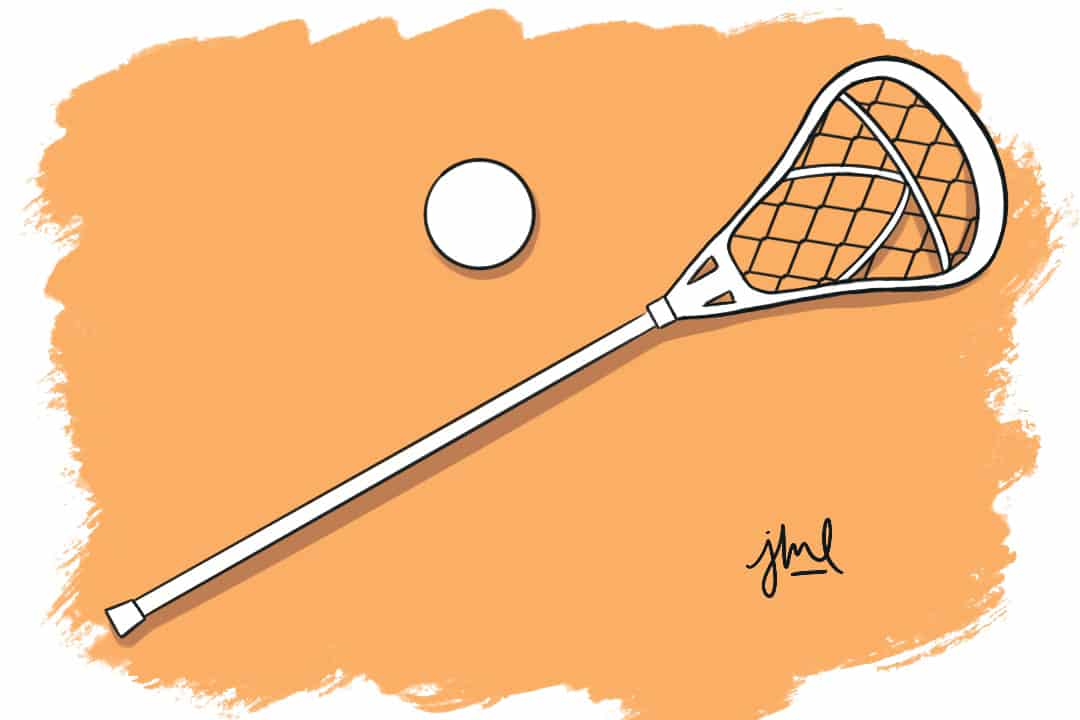In 1994, lacrosse officially became Canada’s national summer sport. The sport of lacrosse does not originate from European colonizers. Rather, Indigenous peoples invented and played the sport, albeit with different rules, even before the arrival of Europeans to North America.
Lacrosse was played by many different Indigenous communities who had their own versions of the game with varied names. The first Europeans who observed tewaarathon — a Mohawk term for the game that would later be known as lacrosse — reported that it did not resemble any sport they had seen before. Early versions of the sport are very different from how modern lacrosse is played. Much of the rules of modern lacrosse were invented later on by European settlers after they adopted lacrosse from Indigenous peoples.
In fact, European settlers’ initial observations — that lacrosse looked similar to war — might not be far from the truth. Indigenous peoples often used lacrosse games to settle disagreements between groups. During these games, entire valleys could be filled with hundreds of players for a single game. It was believed by the Haudenosaunee that the Creator would watch the game enthusiastically, soaking in the fun.
And since lacrosse was a gift from the Creator, playing lacrosse meant that the Haudenosaunee could show appreciation and give thanks toward the Creator for their gift. In conjunction with this tradition, the Haudenosaunee lacrosse games were also played before a medicine person who was looking for a way to treat a sick person, in hopes that the Creator would see the appreciation and in turn guide the medicine person to the right treatments for the sick.
Despite Indigenous cultures’ strong connections to the sport, why is it that people do not automatically associate the sport of lacrosse with Indigenous peoples? The answer, as with many things, is colonization. The erasure of the Indigenous histories of lacrosse is just one of the ways Indigenous cultures were stolen through colonization.
In 1860, the first iteration of modern lacrosse was created by the dentist and lacrosse enthusiast Dr. William George Beers. However, in the rulebooks that he wrote for the game, he included a rule forbidding Indigenous peoples from playing for white lacrosse clubs, “unless previously agreed upon.”
Additionally, in 1880, Indigenous players were barred from championship competitions when The National Lacrosse Association became an amateur organization. Despite the fact that they were the creators of the sport, it wasn’t until over one hundred years later that the Iroquois National Lacrosse Team was given membership in the Federation of International Lacrosse — now known as World Lacrosse — and allowed to compete in international competitions.
So the next time you come across a game of lacrosse on the back campus fields or catch a game on the television, you should remember that this sport has a rich history within Indigenous cultures — and it is up to all fans of the game to continually remind the world of this fact.


